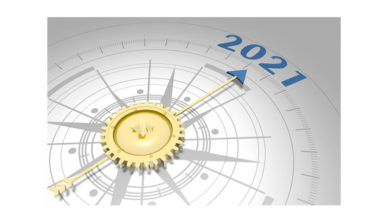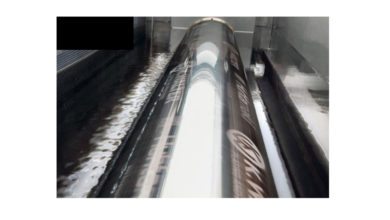New Banknotes Launched
The Central Bank of Kuwait (CBK) will put into circulation on Sunday the sixth edition of the Kuwaiti currency, coinciding with advent of the holy month of Ramadan. Currently used banknotes will remain valid till an official decision is taken to withdraw them.
The new paper money is divided into five denominations; the 10 dinars, five dinars, one dinar, half a dinar and quarter a dinar. It bore miniature picture of (the late) His Highness the Amir Sheikh Abdullah Al-Salem Al-Sabah, along with key national facilities such as Al-Shuwaikh high school, a major cement factory and Kuwait Port.
Kuwait flag is a main feature of the new bills, in affirmation of the national identity. Each paper shows the Kuwaiti desert and marine environments, along with historic sites namely Failaka island, the first minted coin bearing the name of Kuwait and heritage sites such the old Kuwaiti gate and industrial potentials and zones, including an oil tanker and a refinery.
The newly-released papers bear other features, namely the dhows, the pearl diving, along with landmark structures including Seif Palace, the National Assembly building, the Kuwait Towers, the Liberation Tower, the Grand Mosque and the Central Bank of Kuwait headquarters.
Each banknote is distinguished with different drawings and ornaments; some are coarse so BLIND people can identify value of the bill by touching. Background of the miniature pictures depict Islamic heritage and the Kuwaiti genuine identity.
From a historic perspective, banknotes and coins have been in circulation in Kuwait since more than 200 years before B.C. This theory has been substantiated with discovery of silver and copper coins, with engravings of head of Alexander the Great, on Failaka island. Other coins dating back to the times of the Seleucids Kingdom have been discovered on the same island.
In later times, namely in 1753, when the Kuwaitis settled in the country and chose Sheikh Sabah I as their ruler, the natives sensed the need for coins for trade dealings. The first was called “taweelat Al-Hasa,” resembling hair clips. It was in circulation in Al-Ihsaa a long time before Kuwait was founded and later it was brought in for TRADING till 1790 when the Austrian Riyal became the trading currency.
Several other coins, such as the Persian currency, the Ottoman Gold Lira and other little known ones, named “Al-Sharkhi, Abu Dbailah and Al-Shahiah, had been traded in Kuwait in the old times.

.gif)



